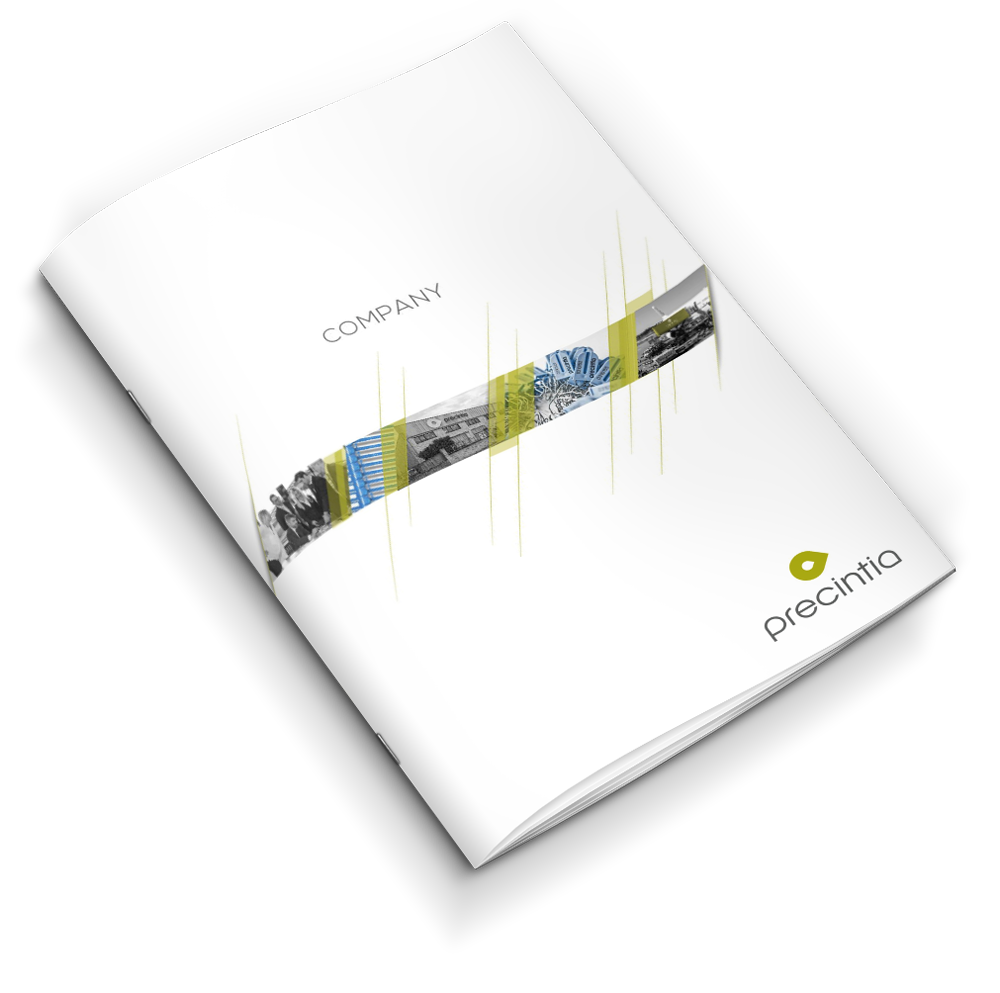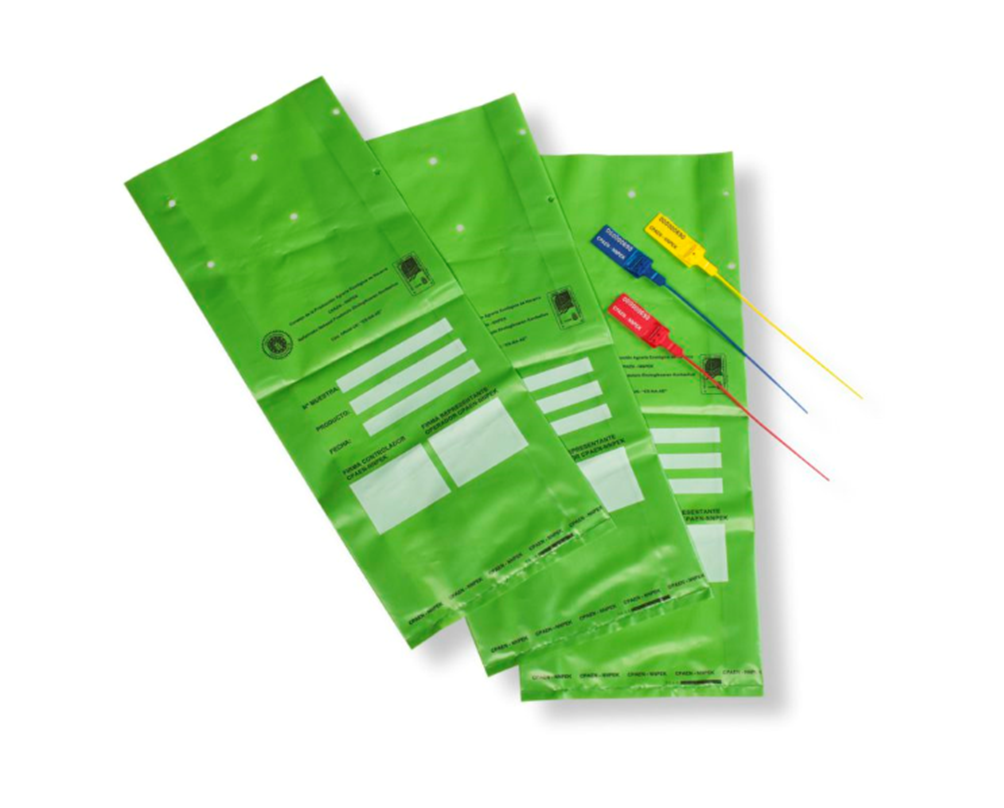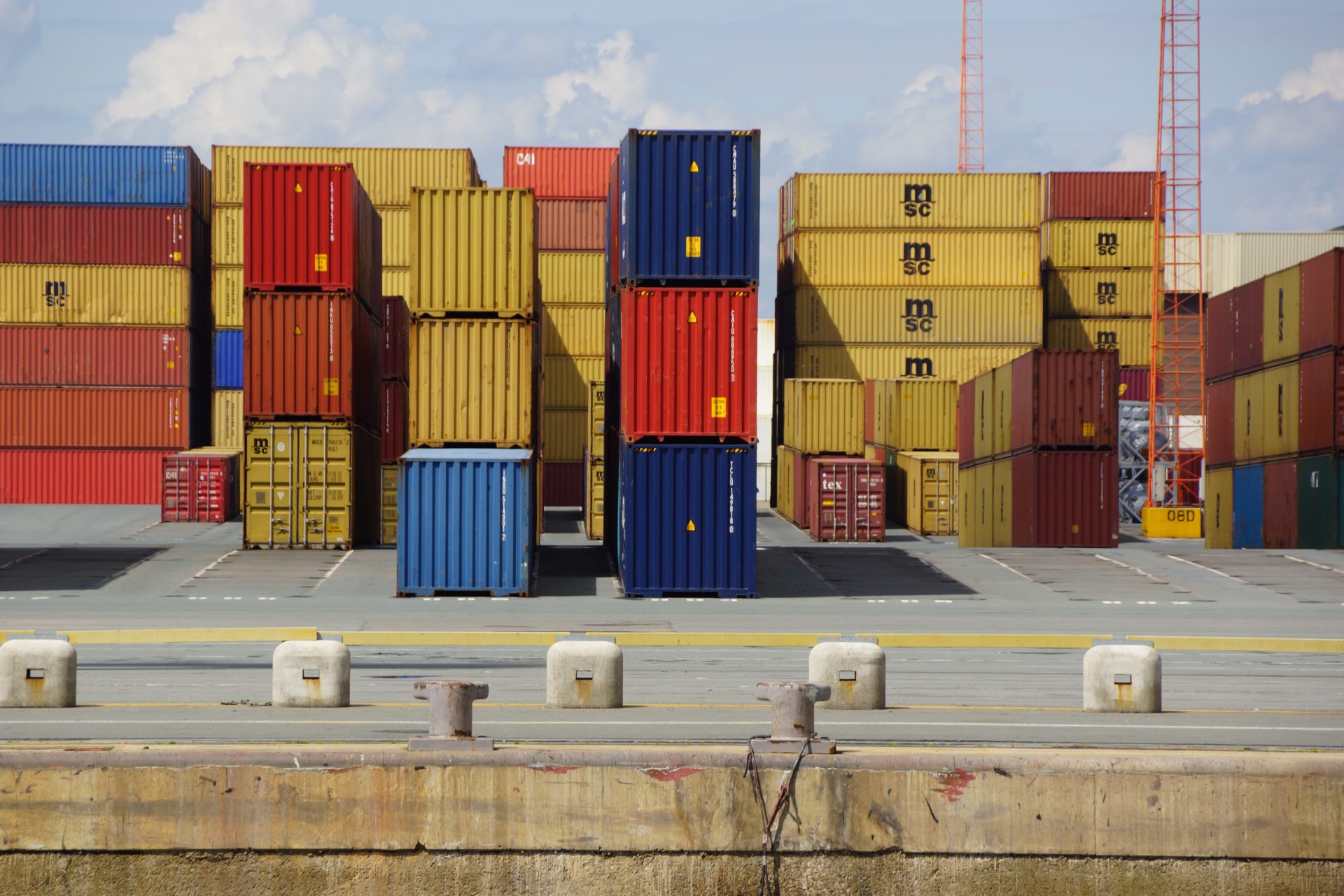This website uses cookies so that we can provide you with the best user experience possible. Cookie information is stored in your browser and performs functions such as recognising you when you return to our website and helping our team to understand which sections of the website you find most interesting and useful.
Blog
Chain of custody and the role of security seals
The chain of custody is a set of processes that take place in order to guarantee the preservation of material or documentary assets, avoiding improper manipulations that end up invalidating any evidence if it becomes part of a judicial investigation.
The tests and/or samples taken may be of a different nature.
They can hold biological samples (DNA, organic remains), toxicological, money or jewelry, weapons and explosives, computer or electronic tests, quality control in the food chain, wastewater…
What processes does the chain of custody cover?
Although each country has its own regulation regarding chain of custody for various samples and objects in the EU we find a general view in the Commission Delegated Regulation (EU) 2018/1618 of 12 July 2018 amending Delegated Regulation (EU) No 231/2013 as regards safe-keeping duties of depositaries.
The chain of custody involves:
-
- The extraction or collection of the evidence or sample materials. It should be done in a manner that prevents contamination.
- Registration, identification and marking of the objects.
In this sense, both security seals and security envelopes or bags fulfill both purposes.
In order not to break the chain of custody, it is necessary to document each step that the evidence takes, identifying the person or persons who have handled with it, the place where it has been taken and where it has been stored subsequently.
Systems to protect the chain of custody: envelopes, bags and security seals
The objective of the chain of custody is to guarantee the integrity, authenticity and original identification of the samples in order to be certain that, if the time comes to require a judicial investigation, it will be carried out respecting fundamental rights, since a judicial opinion cannot be based on on insufficient or manipulated evidence.
Identify the requirements of the samples for which we have different systems:
- Seals + bags: the seals must be personalized including a unique and unrepeatable numbering. On the other hand, the sampling bags have spaces to include the information related to each test (number, date, type, signature), these are closed with the seal.
- Security envelopes, with anti-tampering adhesive, and unique numbering. Usually used for less voluminous merchandise, it identifies the merchandise, writing the appropriate data on it.
- Security labels with hidden anti-tampering items, for sealing doors or boats, for example, they are also personalized and have unique numbers.
Security envelopes, with anti-tampering adhesive, and unique numbering. Usually used for less voluminous items, it identifies them, writing the appropriate data on it.
Do you need more information about the options in passive security systems that are destined to the protection of the chain of custody? We invite you to contact us.







